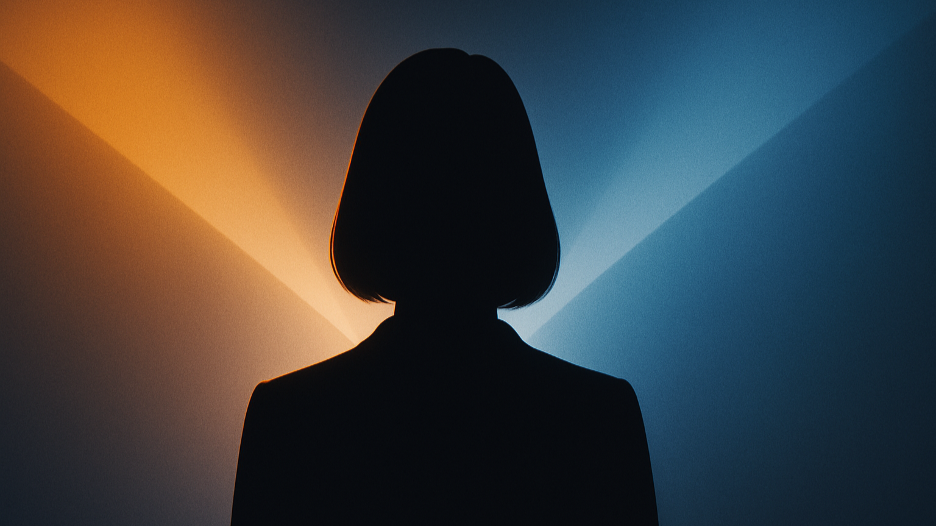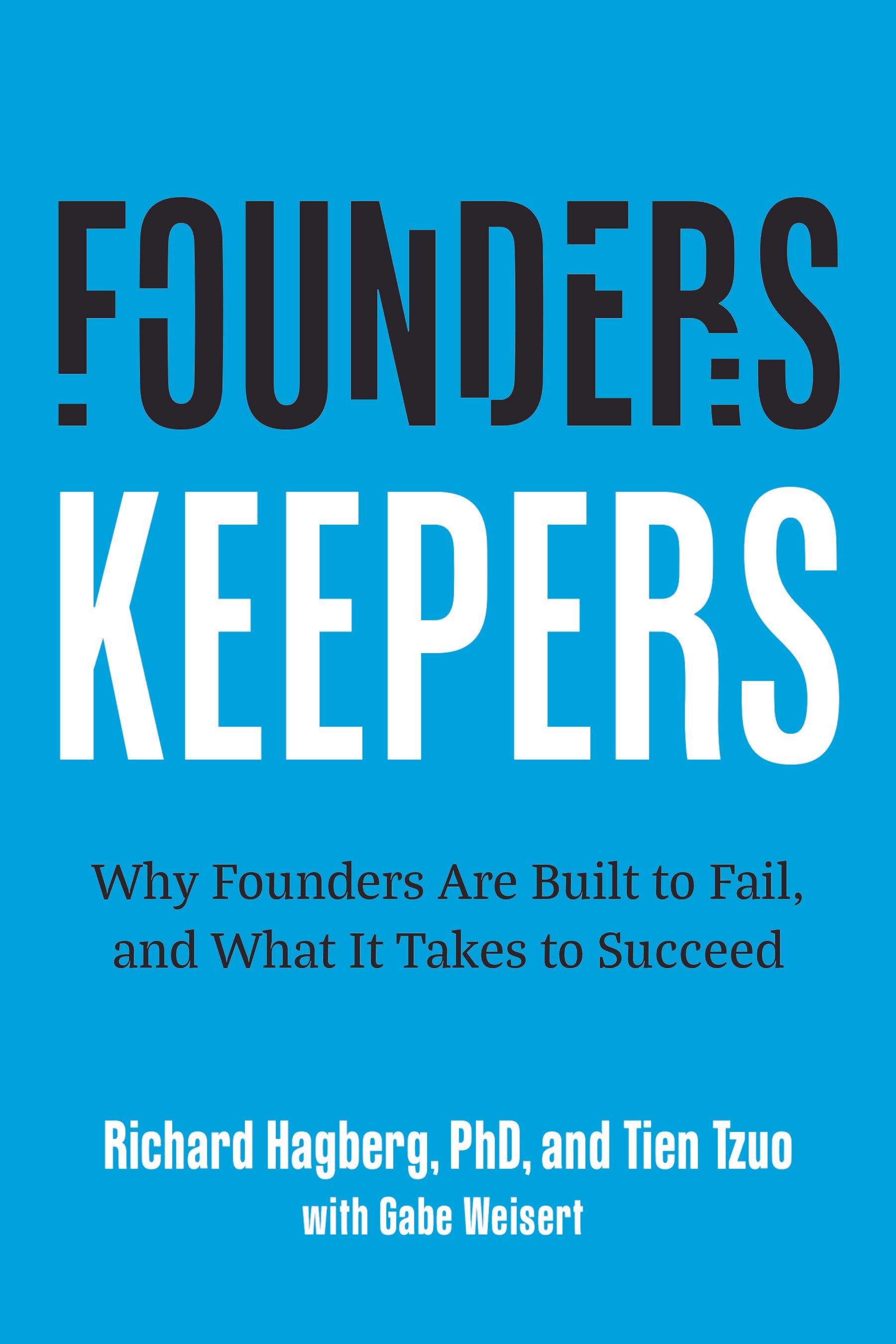Article
Extraordinary Results Decoded: Why Leader Behavior and Personality Matter

Leadership advice is everywhere—seminars, books, podcasts, your neighbor who thinks their PTA experience is transferable to running a Fortune 500 company. But what really separates leaders who get results from those who just "lead" meetings that could’ve been emails? Let’s dig into the principles that drive real productivity and results, complete with actionable insights and (only) business examples to keep this interesting. These insights come from a detailed analysis of personality, 360 ratings and stakeholder comments on leaders who were rated high on overall leadership effectiveness, who were also rated high on results and productivity.
1. Commitment and Determination: Not Just Buzzwords
Ever notice how some leaders seem to have an unshakeable determination to achieve their goals? They’re the ones who inspire their teams by being the first to roll up their sleeves (figuratively or literally) and wade into the mess of challenges. This isn’t about looking busy—it’s about showing you’re all in.
Commitment is contagious. When a leader stays laser-focused on a goal, the team feels compelled to match that intensity. Productivity skyrockets because distractions get the cold shoulder.
Example: Howard Schultz, when returning to Starbucks, didn’t just point fingers at what was wrong. He got in the trenches, closing stores for barista training and reminding everyone that Starbucks wasn’t just selling coffee—it was selling an experience. That level of focus transformed the company’s trajectory.
2. Clear Objectives and Follow-Through: Be the Human GPS
You know what makes people unproductive? Confusion. Ambiguous goals are like bad Wi-Fi—everyone flounders, and nothing gets done. Great leaders set crystal-clear objectives and then (here’s the kicker) follow through. It’s not glamorous, but it works.
Clear goals save time. Teams spend less energy figuring out what’s important and more energy doing it. Follow-through adds credibility, turning promises into results.
Example: Indra Nooyi at PepsiCo had a knack for setting bold goals, like pivoting the company toward healthier products without alienating Dorito lovers. By clearly defining the “how” behind her vision and checking progress relentlessly, she reshaped the brand for long-term success.
3. Empowerment and Delegation: The Anti-Micromanager Approach
Look, no one thrives under a leader who hovers like a helicopter parent over a science fair project. Delegation isn’t about handing off grunt work; it’s about giving people ownership of something meaningful and trusting them not to tank it.
When team members feel ownership, they take initiative. Empowered employees innovate, problem-solve, and—here’s the magic—free up the leader to focus on bigger fish.
Example: Anne Mulcahy took over Xerox when it was flirting with bankruptcy. Instead of hoarding decisions, she empowered her team to tackle specific challenges, creating a collective sense of responsibility that saved the company.
4. Emotional Intelligence and Integrity: No One Follows a Jerk
If you think “emotional intelligence” sounds soft, think again. EQ is the grease that keeps the wheels of leadership turning smoothly. Throw in integrity, and you’ve got a combo that builds trust and keeps drama out of the workplace.
Teams work harder for leaders they respect and trust. A leader who can read the room—and themselves—is less likely to create friction and more likely to inspire collaboration.
Example: Mary Barra of General Motors transformed a culture once notorious for finger-pointing by leaning heavily on transparency and integrity. When the ignition-switch crisis hit, she didn’t dodge responsibility; she owned it, winning back trust from both her employees and the public.
5. Adaptability and Problem-Solving: The MacGyvers of Business
If you’re waiting for the world to hand you a perfectly paved path to success, you’re in the wrong game. Great leaders adapt, pivot, and occasionally duct-tape things together while figuring out a better solution.
Adaptability keeps momentum going when the unexpected hits. Problem-solving leaders ensure teams don’t grind to a halt at the first sign of trouble.
Example: Alan Mulally took the wheel at Ford when it was careening toward disaster. Instead of panicking, he streamlined operations, kept his cool, and introduced solutions that helped Ford avoid a government bailout. Adaptability, for the win.
6. Building a Cohesive Team: Herding Cats with Grace
The best leaders don’t just manage teams; they build them. Creating a cohesive unit is part science (understanding group dynamics) and part art (knowing how to handle Frank from accounting without losing your cool).
Cohesive teams communicate better, collaborate more effectively, and waste less time. It’s like oiling the gears of a machine—everything runs smoother.
Example: Patagonia’s founder, Yvon Chouinard, built not just a business but a tribe. By creating a workplace culture that emphasized shared values and collaboration, he ensured employees were as passionate about the mission as he was.
7. Efficiency and Time Management: Stop Wasting Everyone’s Time
Ever sit through a meeting and wonder why you’re there? Efficient leaders don’t let that happen. They prioritize ruthlessly, focus on what moves the needle, and cut the fluff.
Efficiency keeps teams focused on high-impact work. Productivity goes up because time isn’t squandered on things that don’t matter.
Example: Tim Cook at Apple is a master of operational efficiency, streamlining processes to keep the company’s massive machine running smoothly while fostering relentless innovation.
8. Innovation and Creativity: Cultivating the “Aha” Moments
Being innovative isn’t about having one great idea; it’s about creating an environment where ideas can flourish. The best leaders set the stage for innovation by encouraging experimentation—even if it means embracing a little failure.
Innovation drives growth and keeps teams engaged. Leaders who champion creativity unlock potential breakthroughs that competitors only dream of.
Example: Sheryl Sandberg helped Facebook move beyond its college-centric roots by championing new revenue models, including its now-massive advertising platform.
9. Communication and Influence: Less “Blah,” More “Aha”
Ever been inspired by a boring PowerPoint? Me neither. Great leaders know that communication isn’t just about relaying information—it’s about creating connection and buy-in.
Effective communication aligns teams, reduces misunderstandings, and builds enthusiasm. Influence makes people want to follow you, not just because they have to.
Example: Oprah Winfrey built a media empire by connecting with audiences and employees alike. Her ability to inspire trust and enthusiasm was foundational to her success.
10. Resilience and Positivity: Keeping Calm in the Chaos
If you think resilience is just a personal virtue, think again. It’s a productivity booster. Teams mirror their leaders, so when the leader keeps their cool and focuses on solutions, the team does the same.
Resilience keeps teams steady during turbulence, while positivity keeps them motivated to keep pushing forward.
Example: Howard Schultz (yes, him again) didn’t just bring coffee to America; he brought optimism to a struggling Starbucks. His resilience and ability to inspire helped the brand thrive during tough times.
Conclusion
Leadership isn’t about checking boxes; it’s about creating an environment where people want to excel. When you combine focus, adaptability, empathy, and a little humor, you not only drive results—you make people glad to follow you. So, go on. Be the kind of leader people tell stories about—not the one they roll their eyes at during happy hour.
share this
Related Articles
Related Articles





